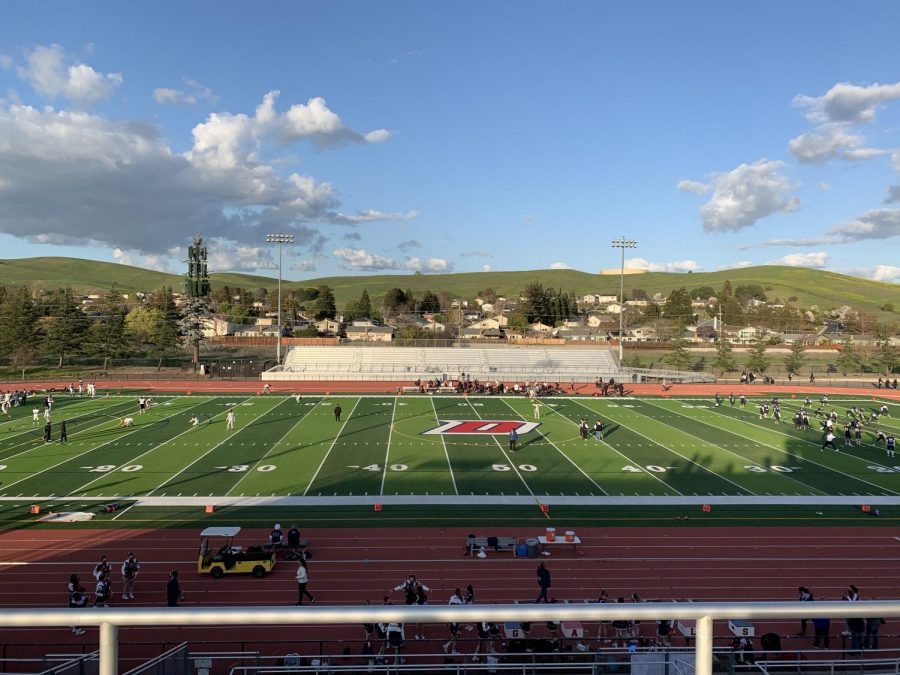Climate Change: 2016 Update
The Earth’s climate change has been an ongoing issue for many decades. Climate change is mostly caused by human activity which creates the “greenhouse effect.” Temperatures rise because heat that is usually released by Earth into space becomes trapped in our planet’s atmosphere. Why can’t heat escape? Gases such as carbon dioxide, nitrous oxide, and methane block heat from leaving the atmosphere. With humans becoming more reliant on technology and the burning of fossil fuels as a source of energy, more of these gases are being released.
The accumulation of greenhouse gases has caused the temperature of the Earth to rise; many regions are experiencing higher precipitation or dryness, rising sea levels, and effects on agriculture and nature. Rising carbon dioxide levels and temperatures can cause negative reactions from some plants, but simultaneously cause other plants to use water more efficiently and grow better. According to the Fourth Assessment Report of the Intergovernmental Panel on Climate Change from 2007[1], there’s a 90% chance that human activity over the last 50 years is what has warmed our planet. Since industrialisation in the 1950s, carbon dioxide levels have gone up from roughly 310 parts per million to 404.2 parts per million, and for several centuries, carbon dioxide levels had not surpassed 300 parts per million.[2]
What does climate change actually mean? Yes, Earth is warming, but what will that do to us other than lessen how much we spend on coats? Since 1880, the world’s temperature has gone up 1.7 degrees Fahrenheit, and 2.0 degrees has been deemed the “point of no return” for global change. The rising temperatures have caused ice to melt and sea levels to rise. When sea levels rise and move inland, major destruction to coasts such as erosion, destroying habitats for different animals such as fish and birds.[3] This can also mean bigger, stronger storms and tsunamis alike, or even that entire cities will be flooded or completely submerged under the sea. Climate change affects so much more than just sea levels. It affects: water temperatures, farming seasons, winter snows and spring showers, droughts, hurricane strength, and the Arctic ice caps, which are predicted to be ice-free by the mid 21st century (read more in depth about the effects of climate change here). In short, life as it is will not be the same because of global warming and climate change.
Instead of just sitting around and waiting for all that might happen to happen, what can we do to fight against rapid climate change? Here are a few things to consider doing to give the world you know some more years.
- Reduce how much energy you use! Turn of the lights when you leave a room, use energy-efficient light bulbs, unplug electronics that you’re not using.
- Reduce your carbon footprint by walking or biking more, instead of driving. Think about taking the bus or carpooling.
- Recycle! Take just a few extra minutes and effort to sort through what you’re throwing out.
- Repurpose things that you don’t want anymore. If that’s clothes and appliances that can still be used, donate them or pass them on to someone you know needs them, or host a garage sale. Maybe you can start a DIY project and turn a bunch of old shirts into a quilt! This is a great thing to do because you will lessen the amount of waste going into landfills and someone else will benefit from what you don’t want anymore.
- Try gardening! Before doing so, make sure that you find out what plants will grow best in California’s dry environment. Go further beyond pretty flowers and succulents and plant a tree that’ll soak up carbon dioxide and be admired for years.
On the topic of climate change, DHS junior Ana Gabal said that she felt there was a lot of awareness for the issue a few years ago, but “lately no one’s really talked about it and there should be more attention brought to it again.” She said that she and her family make the effort to use reusable water bottles and bring their own bags when they go shopping, instead of buying disposable bags, as ways to reduce their carbon footprints.
Sources:
1: http://www.ipcc.ch/pdf/assessment-report/ar4/syr/ar4_syr_spm.pdf
2: http://climate.nasa.gov/evidence/
3: http://ocean.nationalgeographic.com/ocean/critical-issues-sea-level-rise/
Your donation will support the student journalists of Dublin High School. Your contribution will allow us to purchase equipment and cover our annual website hosting costs.

Bea Mendoza is a senior at Dublin High, and has been a writer for the Dublin Shield since her junior year. She adores writing whenever she can, from poetry...


































